When friends and I get together for backpacking or mountain climbing expeditions
we’re always worried about snakes. My friend Tom Klump, a retired doctor,
believes in preventive medicine so he’s the first to dig out a bottle of
something alcoholic for a hearty dose of snake bite medicine. The next time
we’re in Idaho we’ll hoist a toast to three mostly unknown explorers
- two French men, Louis Desol and Robert Schleicher, and a German, Jacob Schaefer.
They’re credited with discovering and pioneering the Idaho wine industry
along some of that same Snake River country traveled by the celebrated Lewis
and Clark expedition more than 200 years ago.
Grapes were introduced along the Snake in 1872, making Idaho the Pacific Northwest’s
oldest wine-producing region. The region earned quick fame. Schleicher proved
the most successful, winning several gold medals at wine tasting competitions
from Buffalo, New York to St. Louis, Missouri to Portland, Oregon.
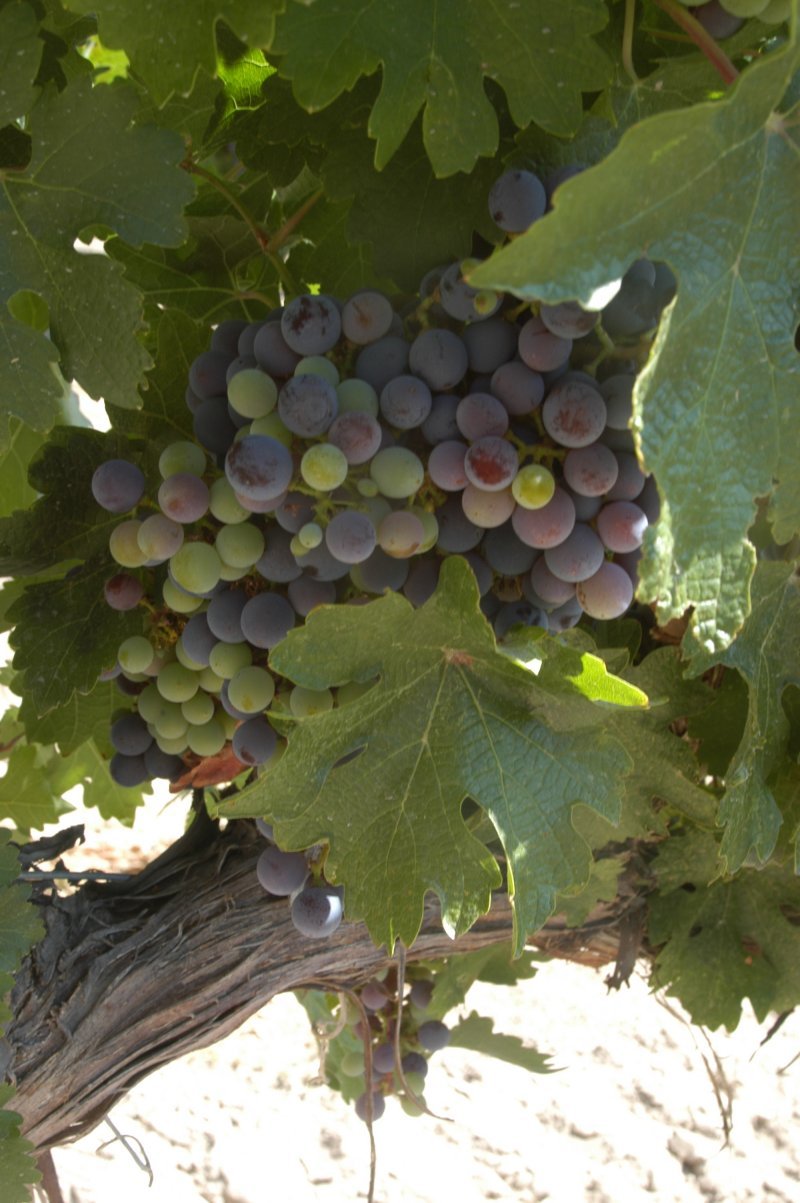 |
 |
|
The grapes in Idaho produce devine wine
|
Prohibition effectively shut down Idaho’s wine industry until the early 1970s. The state was lowly regarded until the past decade, when vineyards and wineries along the Snake have been rediscovered. As modern day wine explorers are learning, Idaho is prime for wine. The Snake River Valley is now designated as an American Viticultural Area, or AVA, which brands the region as one of the nation’s next great wine growing regions.
“Those of us who produce wine here have known that for some time,” said Ron Bitner, a spokesman for the Idaho Grape Growers and Wine Producers Commission, of the AVA designation. “Others are just finding out.”
People wanting to make their own discoveries about Idaho’s acclaimed wines should set aside several days to focus their explorations along the river that figuratively snakes its way around the state’s southern region, from Caldwell east to Twin Falls. Several of Idaho’s 18 wineries are concentrated within an easy drive from Caldwell, where the Snake meanders through a region known for its cool winter and summers with daily temperature swings of 30 to 40 degrees, conditions ideal for producing premium wine-producing grapes.
Ste. Chapelle Winery:
From Caldwell it’s a short drive to Ste. Chapelle Winery, Idaho’s
largest producer of wines. Located atop “Winery Hill,” the winery
and tasting room overlooks thousands of acres of orchards, farmlands and, fittingly,
the meandering Snake River. Ste. Chapelle was named for the La Sainte Chapelle
in Paris built by King Louis IX in the 13th Century. That history influenced
the tasting room’s design, which features tall, bright cathedral-style
windows, wooden beamed vaulted ceilings and a stained glass grapevine window.
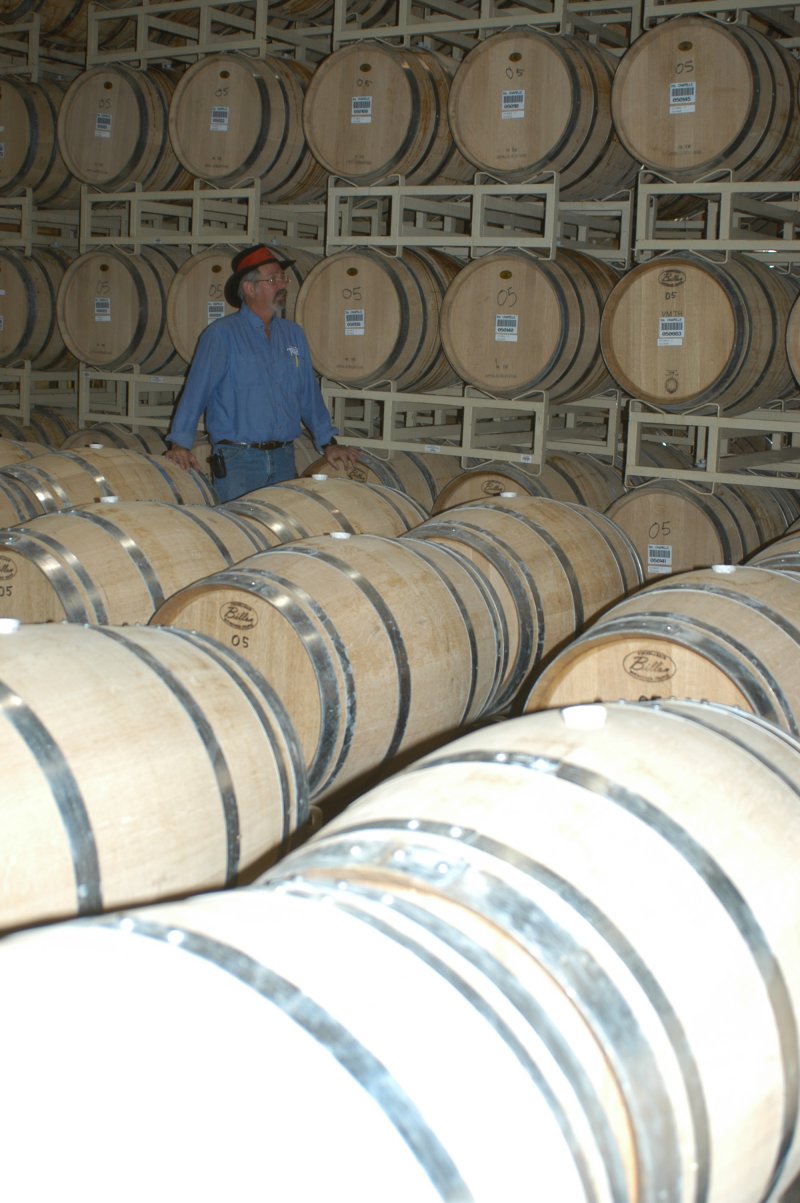 |
 |
|
Future bottles of Ste. Chapelle
|
Almost ripe for picking
|
Ste. Chapelle produces a broad variety of wines. My favorites include their
many distinct whites, especially the Gewurztramier and dry and Riesling special
harvest. Unusually, and even better, the winery produces excellent ice wines
– so called because the sugar-rich grapes are picked and crushed when temperature
is 17 degrees or colder. St. Chapelle offers three varieties of the sugary dessert
wines - Riesling, Sauvignon Blanc and Cabarnet Franc. They’re a good value,
especially when compared with far more expensive ice wines from British Columbia.
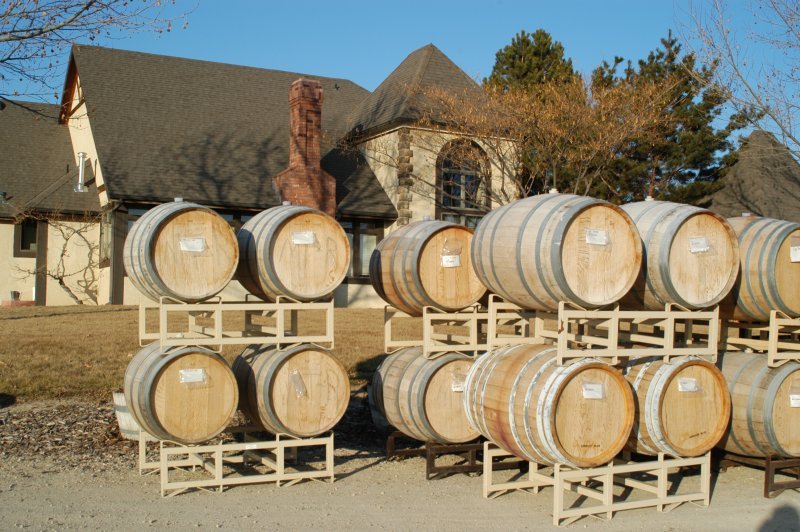 |
 |
|
Hells belles
|
Fill 'er up
|
Hells Canyon Winery:
It’s a quick trip from Ste. Chapelle to Hells Canyon Winery but, as with
many smaller Idaho wineries, call in advance. Owner-winemaker Steve Robertson
is happy to greet visitors, but he lives in the region because of his love for
the outdoors so the winery is open only by appointment. Robertson’s passion
for hunting is reflected by the stunning artwork on his labels, which feature
reproductions of original paintings of waterfowl and big game. The boutique
winery produces limited offerings from its estate grown grapes. The wine names
also reflect Robertson’s way of life – Birddog White, Deer Slayer
Syrah, Retriever Red, Chuck Wagon Chardonnay. You don’t have to be a hunter
to appreciate the Hells Canyons selections.
Bitner Vineyards:
Within minutes of Hells Canyon is Bitner Vineyards, another small producer of
boutique wine. The family grows 14 acres of grapes. Some are used in their own
award-winning wines and others are sold to neighboring wineries. The Bitner
label was started in 1997 and the limited offerings include Reserve Cabernet
Sauvignon, Reserve Chardonnay and Reserve Riesling.
 |
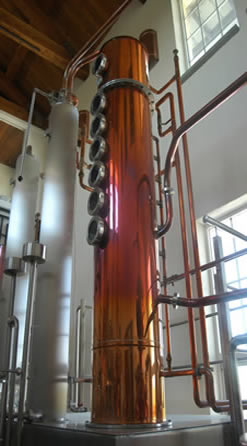 |
|
Bitner delights
|
Koenig's beautiful distillery
|
Koenig Distillery and Winery:
Many of Bitner’s grapes go a short drive down the road to the Koenig Distillery
and Winery. Along with wines, Koenig produces fruit brandies and potato vodka.
For three years, brothers Andy and Greg Koenig lived in their father’s
hometown of Lustenau, Austria, where they distilled pears, apples and plums.
The Snake River winery has historic roots, too. The brothers’ mother’s
family homesteaded the property and made wines during the Great Depression.
Sawtooth and Indian Creek Wineries:
Within easy reach southeast of Caldwell are wineries with tasting rooms, including
Sawtooth Winery, another appointment only winery that produces some of the region’s
best reds, including Cabernet Sauvignon, Cabernet Franc, Syrah, Merlot and Roussanne
from their estate vineyards. Near Kuna is the Indian Creek Winery, where any
tasting should include a wine they “invented,” White Pinot Noir.
.
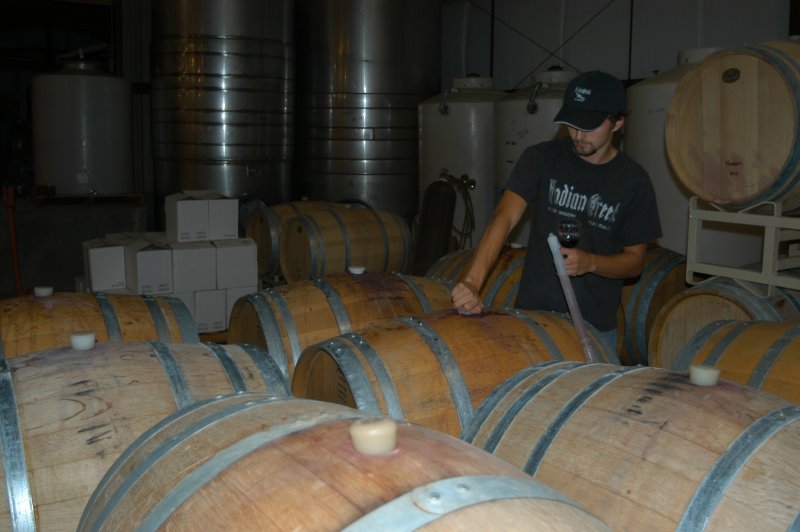 |
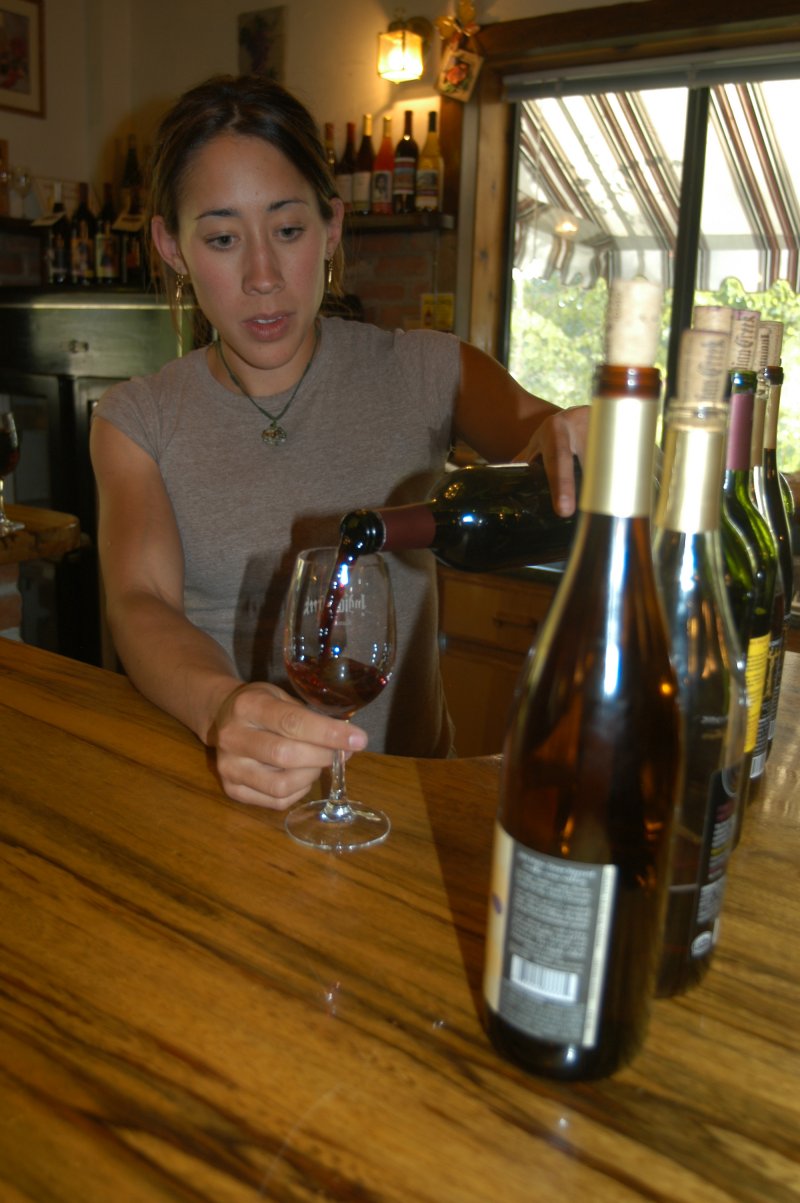 |
|
Sampling the Indian Creek kegs
|
A pour excuse for great wine
|
Snake River Winery:
West of Caldwell and also along the river is the appropriately named Snake River
Winery, which produces food-friendly varietals, including Chardonnay, Cabernet
Sauvignon, Merlot and White Riesling. Owners Scott and Susan DeSeelhorst, who
bought the former Arena Valley Vineyards, have been shifting the emphasis from
selling grapes to other wineries to producing their own wines.
Parma Ridge Vineyards:
Nearby is the Parma Ridge Vineyards, located on a bench where the Boise River
joins the Snake. Parma Ridge formerly sold most of its grapes to other wineries
but started producing its own wines in 2000. Sample the Melenge, a blend of
Idaho varietal grapes that changes each year, and Melange Del Trois, a blend
of three red grapes. Other favorites distinct to the winery are Zinfandel, Unoaked
Chardonnay and Viognier, a perfect summer wine that goes especially well with
fruit and cheese.
Idaho’s Snake River Valley offers plenty of opportunities for wine tasting. If Lewis and Clark could return, they’d find new reasons to pursue their Corps of Discovery. And look out for snakes, and keep the snake bite medicine handy.
* * *
To learn more
For information on Idaho wines contact the Idaho Grape Growers and Wine Producers
Commission, 1123 12th Avenue S, Nampa, Idaho 83651, telephone (888) 223-9463,
Idahowines@mgtassoc.net or www.idahowines.org.
Contact information for the wineries mentioned include: Ste. Chapelle Winery, (208) 453-7843 or www.stechapelle.com; Hells Canyon Winery, (208) 454-3300 or www.hellscanyonwinery.org; Bitner Vineyards, (208) 454-0086 or www.bitnervineyards.com; Koenig Distillery and Winery, (208) 454-8386 or www.koenigwinery.com; Sawtooth Winery, (208) 467-1200 or www.sawtoothwinery.com; Indian Creek Winery, (208) 922-4791, www.indiancreekwinery.com; Snake River Winery, (208) 722-5858, www.snakeriverwinery.com; and Parma Ridge Winery, (208) 722-6885 or www.parmaridge.com.
Lee Juillerat lives in Klamath Falls, Oregon, where he whines about the lack
of home-grown wines when not writing for the Klamath Falls Herald and News and
doing photo-stories for various inflight pubications, Northwest Travel, Oregon
Coast, Range and other magazines.